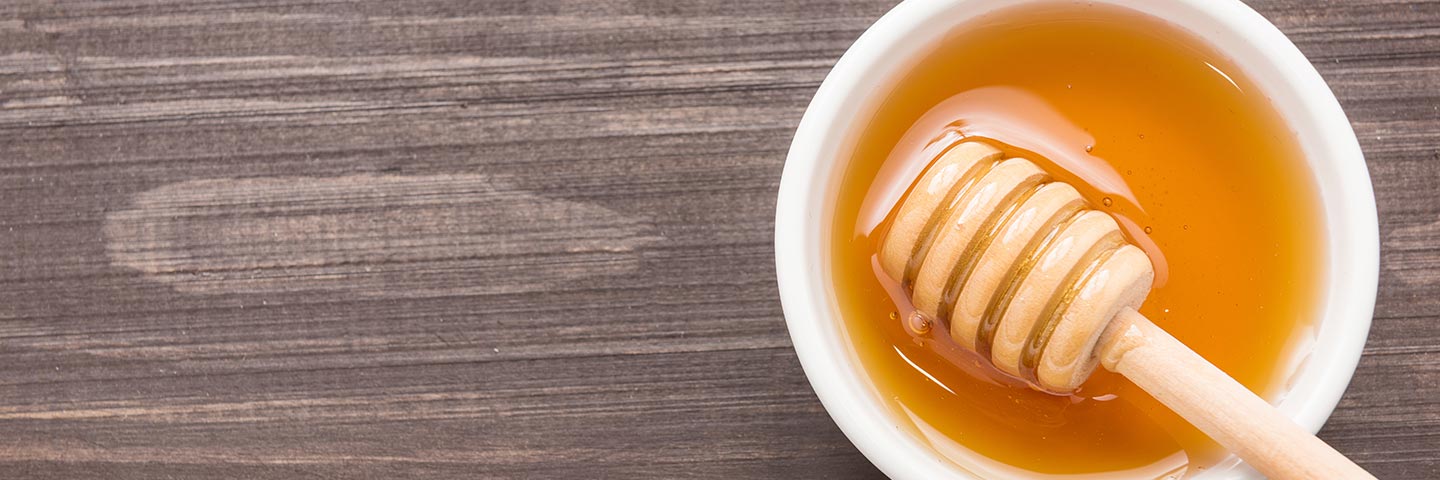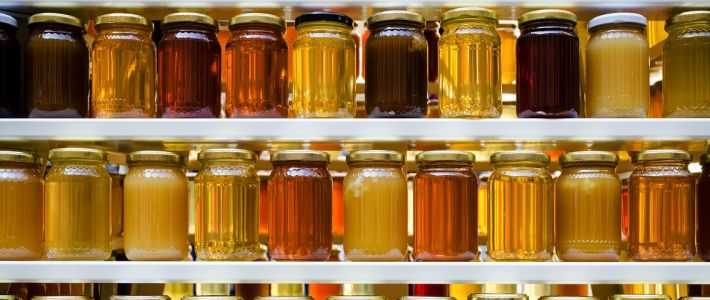
Visit our other sites
-
Fapas - Proficiency Testing
Globally recognised provider of proficiency tests, running over 400 tests annually across an extensive range of matrices and analytes
-
Great Crested Newts Testing
A single sample taken by an ecologist at any time during the newt breeding season can determine their presence or absence, saving you time and money

Method Used
Spectrophotometry
Standard Turnaround Time
20 working days
Can you be confident that your storage facilities aren’t degrading the quality of your products? Fera Science can perform analysis on honey samples for diastase enzyme activity (diastase number) giving you the confidence in the quality of your product using the official Phadebas® assay for determination of diastase activity.
To give you reassurance in the quality of your products, or your suppliers products should you consider carrying out a Diastase test. Diastase enzymes are found within a range of foodstuffs including honey, which can convert starch to short-chain sugars, e.g. for use as energy. Enzyme activity and levels are directly linked to storage and conditions such as exposure to heat. Heating honey degrades diastase enzyme but can be used to artificially increase short-chain sugar levels within this foodstuff resulting in artificial changes in taste, most notably sweetness.
EU Council Directive 2001/110/EC of 20 December 2001 relating to honey lists diastase enzyme activity as one of the key composition criteria that have to be determined for honey intended for human consumption.
Determination of diastase activity is performed using a photometric method in which an insoluble blue dyed cross-linked type of starch is used as a substrate. When this is hydrolysed by the diastase enzyme it produces blue, water-soluble fragments, which can be measured photometrically at 620 nm. The absorbance of the solution is therefore directly proportional to diastase activity of the sample.
Results are expressed as Gothe units (or DN, diastase number) per g of honey. The DN is defined as the amount of enzyme that will convert 0.01 g of starch to the prescribed end-point in 1 hour at 40°C under test conditions.
Please contact us to discuss volume discounts.
| Detail | Specification |
|---|---|
Test Code | AP00025 |
Standard Turnaround Time | 20 working days |
Method Used | Spectrophotometry |
Accreditation | No |
Diastase Test
Add Samples
Your Current Samples
Please review your sample(s). Additional sample charges may apply where applicable.
There are no samples associated with this product at this time

Copyright © 2025 Fera Science Limited (“Fera”). All rights reserved.
For further information about how Fera uses any personal data collected from you, please see our Privacy Notice at www.fera.co.uk/privacy-policy.




